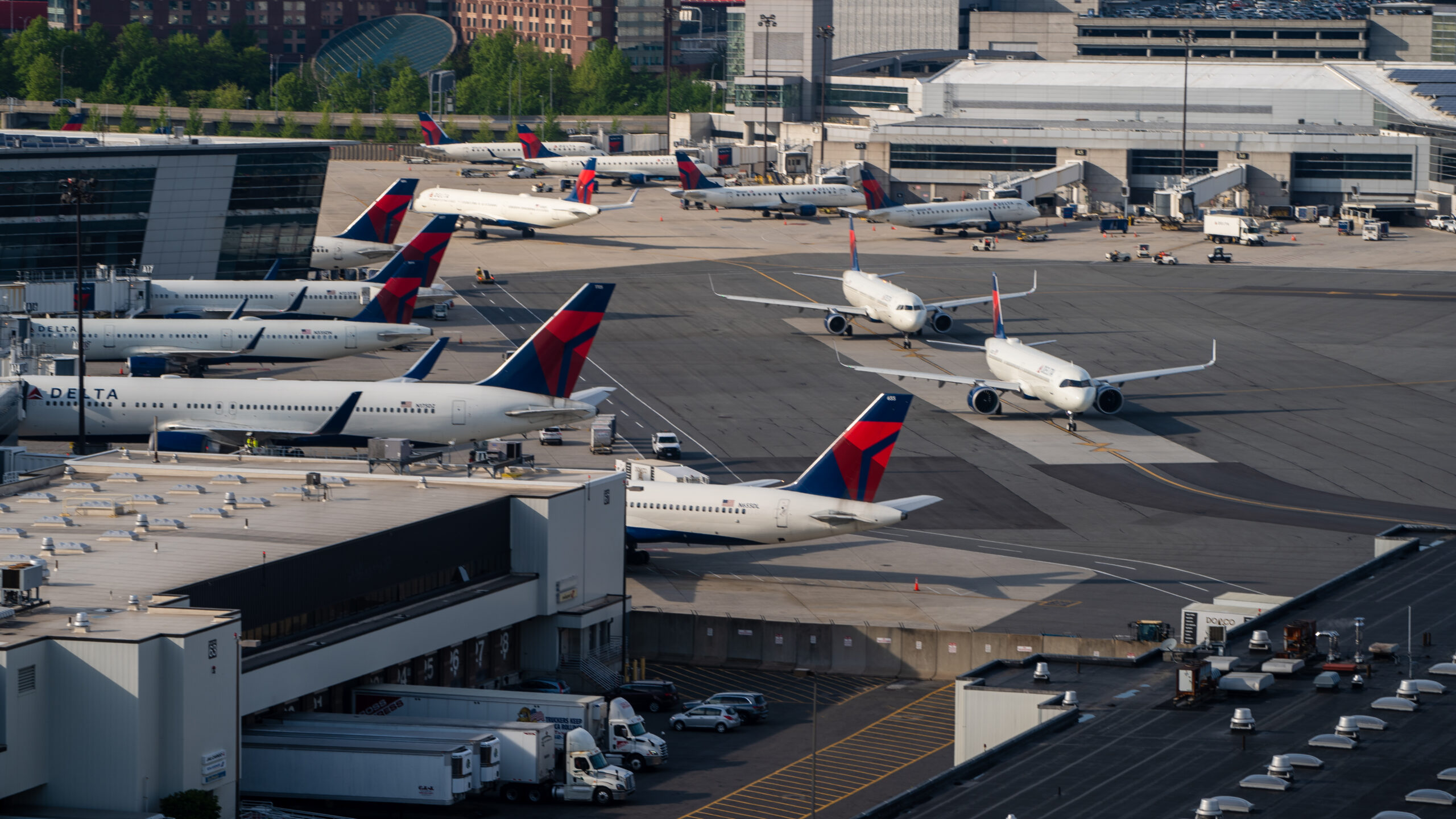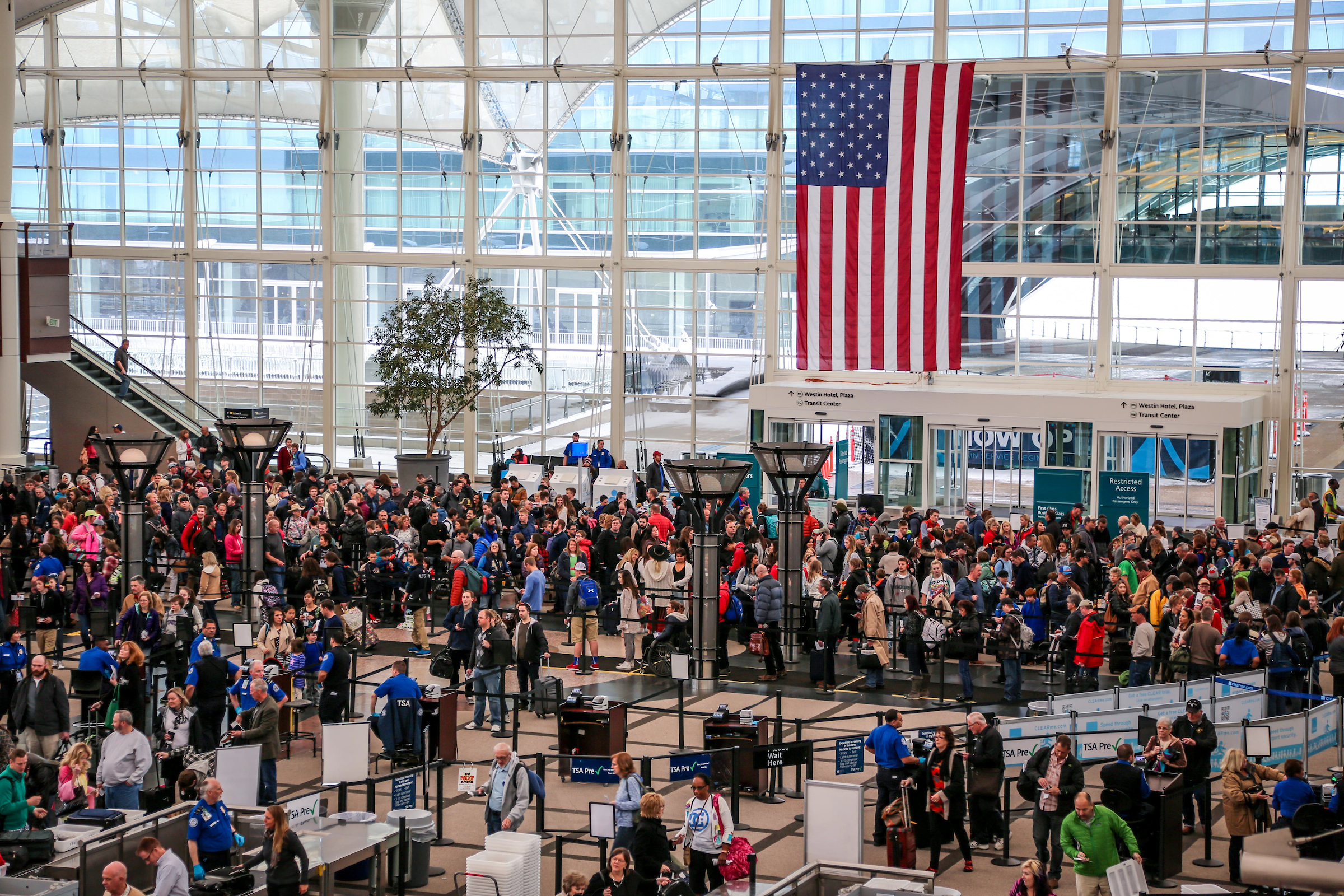TSA Finally Ends Dreaded Shoe Removal Rule
Two decades after the ‘shoe bomber,’ travelers can finally keep their footwear on—TSA rolls out more modern, less humiliating security
by Fergus Cole
July 10, 2025

Photo: Courtesy of Denver International Airport
Travelers flying out of or within the U.S. will no longer be required to remove their shoes when passing through airport security, following the Department of Homeland Security’s (DHS) announcement that the Transportation Security Administration (TSA) is ending the unpopular policy.
Homeland Security Secretary Kristi Noem told reporters during a press conference at Ronald Reagan Washington National Airport (DCA) on Tuesday that the long-standing TSA policy of asking passengers to remove their footwear when passing through airport security will be removed.
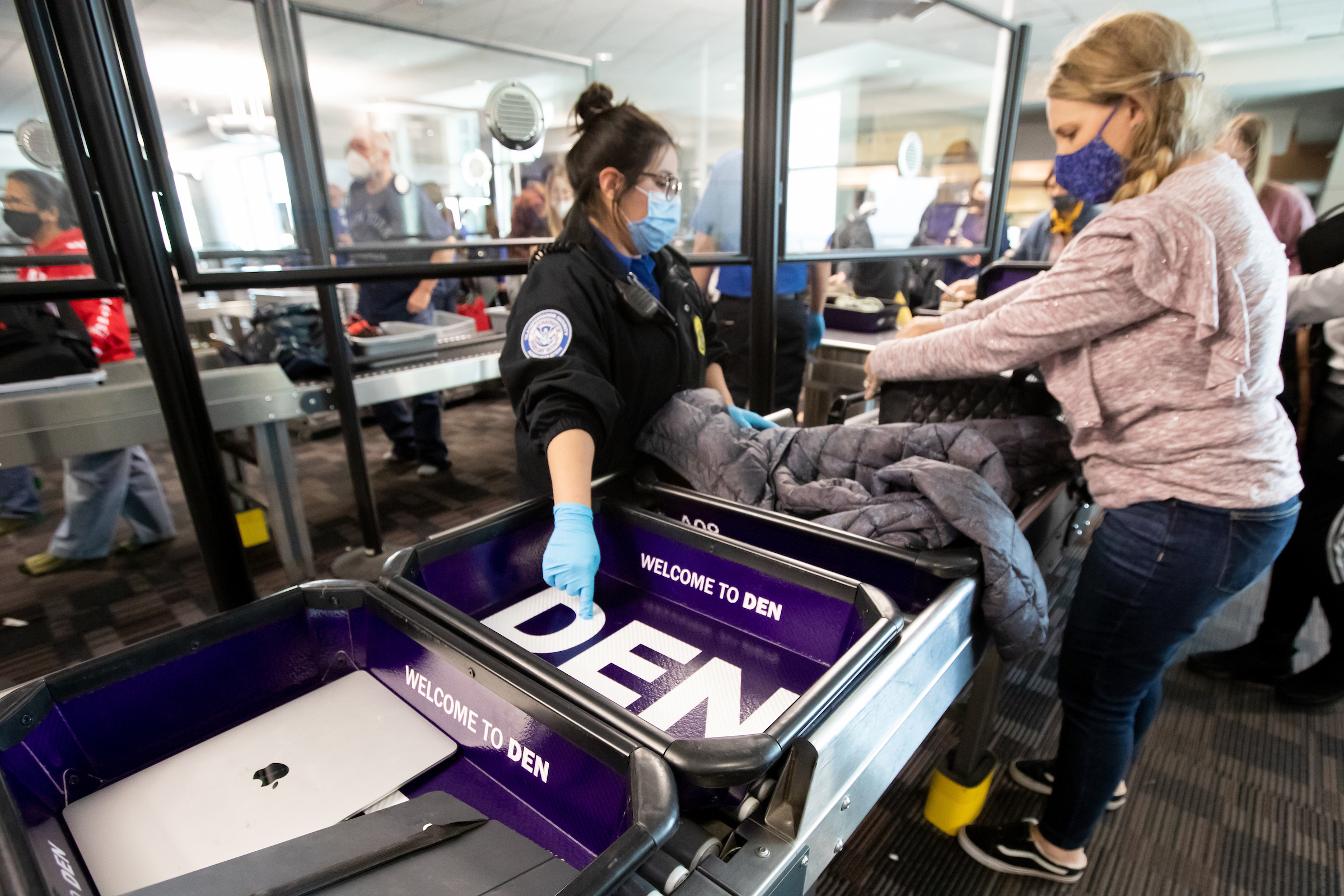
Photo: Courtesy of Denver International Airport.
According to CBS News, the policy has been removed with immediate effect at the following airports, with the potential to expand nationwide in the near future:
- Baltimore/Washington International Airport (BWI)
- Cincinnati/Northern Kentucky International Airport (CVG)
- Fort Lauderdale-Hollywood International Airport (FLL)
- Philadelphia International Airport (PHL)
- Piedmont Triad International Airport (GSO)
- Portland International Airport (PDX)
Looking Back: The Shoe Bomber
Most air passengers in the U.S. have long been required to remove their shoes at security screening checkpoints when traveling through airports up and down the country.
The controversial policy was first implemented nationwide in 2006, a delayed response to the notorious ‘shoe bomber’ incident in 2021, when British national Richard Reid unsuccessfully attempted to detonate explosives in his shoes during a flight from Paris to Miami.
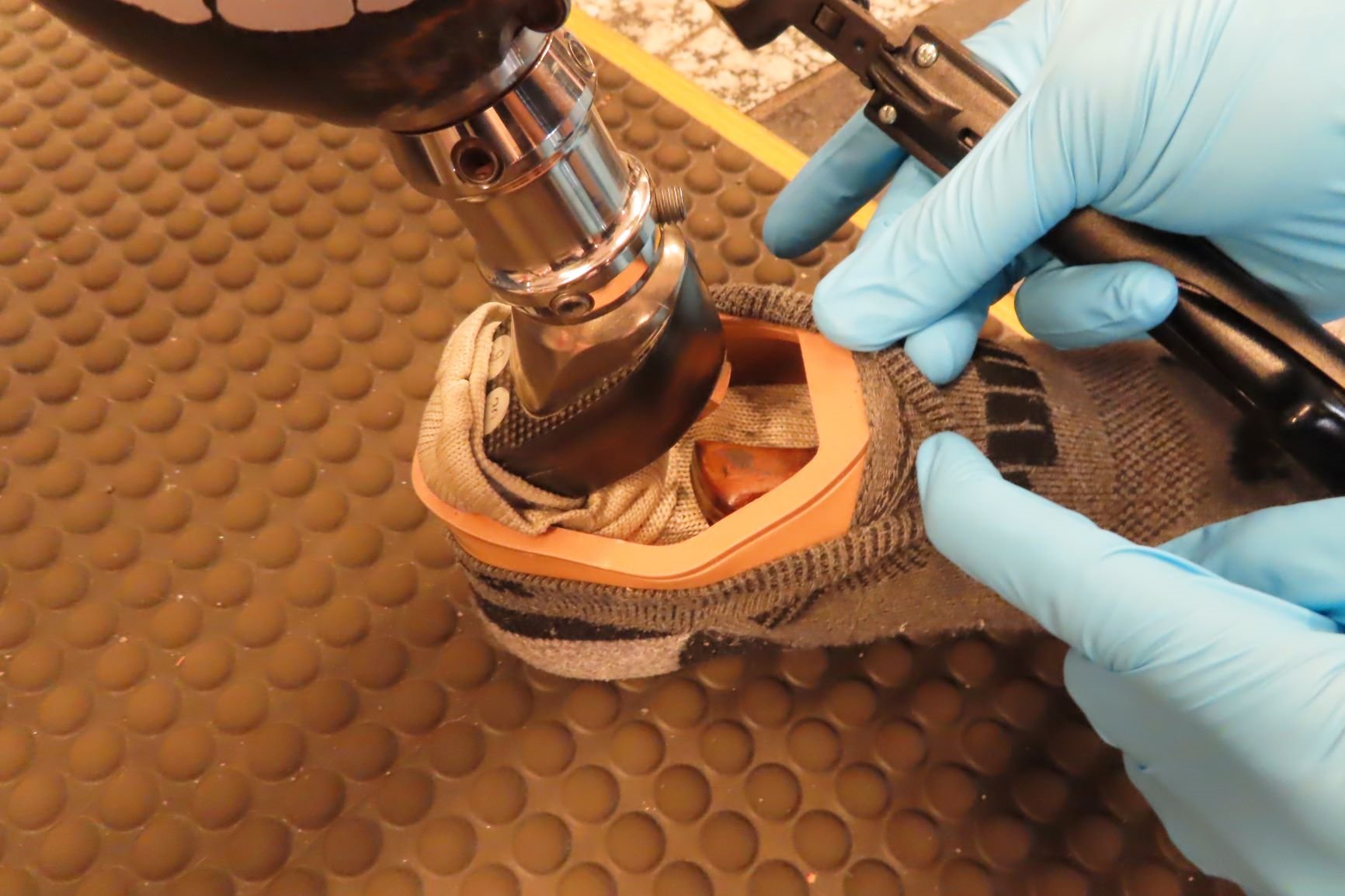
Photo: Courtesy of TSA
However, almost two decades after the adoption of the TSA’s shoes-off policy, technological advancements have enabled its eventual abandonment, potentially reducing waiting times for air passengers significantly.
“Our security technology has changed dramatically. It’s evolved. TSA has changed,” said Noem. “We have a multi-layered, whole-of-government approach now to security and to the environment that people anticipate and experience when they come into an airport that has been honed and hardened.
“It’s important we find ways to keep people safe, but also streamline and make the process much more enjoyable for every single person.”
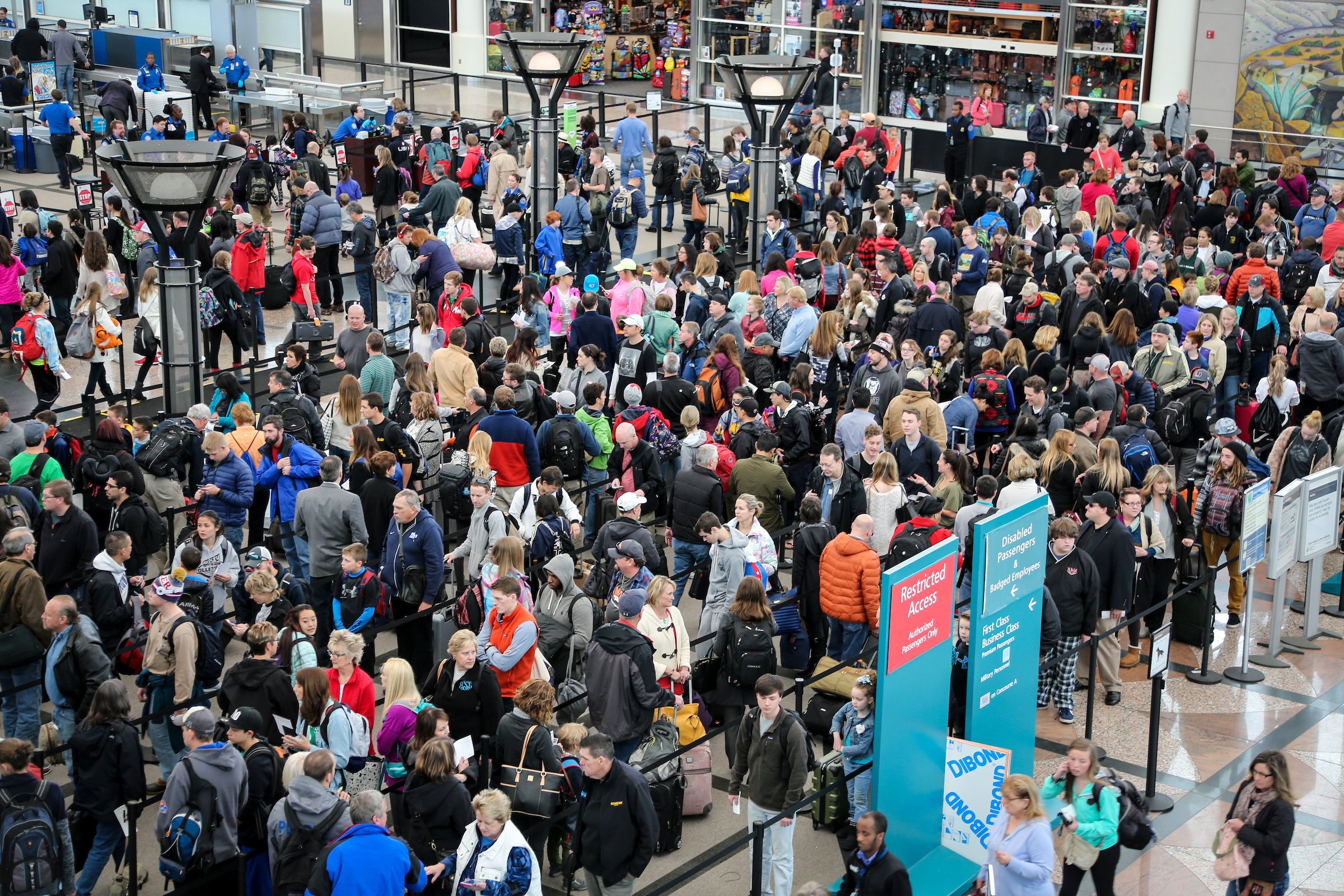
Photo: Courtesy of Denver International Airport.
However, while the majority of air passengers will no longer be asked to voluntarily remove their footwear, Noem confirmed that some may still be asked to do so, should they be flagged for additional security screening.
Noem also confirmed that passengers will still be required to remove belts and coats and take any laptops or liquids out of their bags when passing through TSA checkpoints, but the DHS is reviewing these rules, too.
Before the policy change, some passengers were already exempt from removing their footwear at TSA checkpoints. These include children aged 12 and under, senior citizens over 75 years old, and those signed up to TSA PreCheck, although this requires a background check and a small fee.
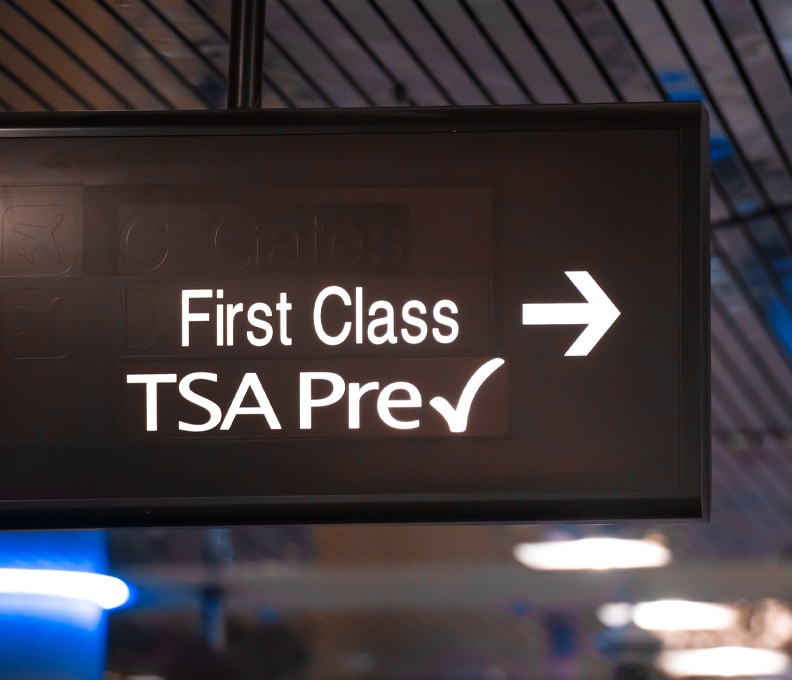
Photo: TSA Precheck / Photo: RYO Alexandre/Shutterstock
However, the removal of the rule for all passengers has been welcomed by industry insiders. Airlines for America (A4A), the trade association representing the country’s major airlines, said the change will facilitate a smoother travel experience for passengers ahead of a busy time for air travel in the U.S.
“We applaud Department of Homeland Security Secretary Kristi Noem for her leadership and vision to reexamine the 20-year-old shoe screening requirement,” said Nicholas E. Calio, President and CEO of A4A. “This policy change will go a long way in facilitating smooth, seamless, and secure travel for passengers and is welcome news to the millions of people who fly every day.
“Making security decisions that are informed by risk assessments and based on leveraging advanced technologies is a commonsense approach to policy change. Promoting innovation and new procedures is critical during this time of record air travel and as our nation prepares for the 2026 FIFA World Cup and 2028 Olympics.”

